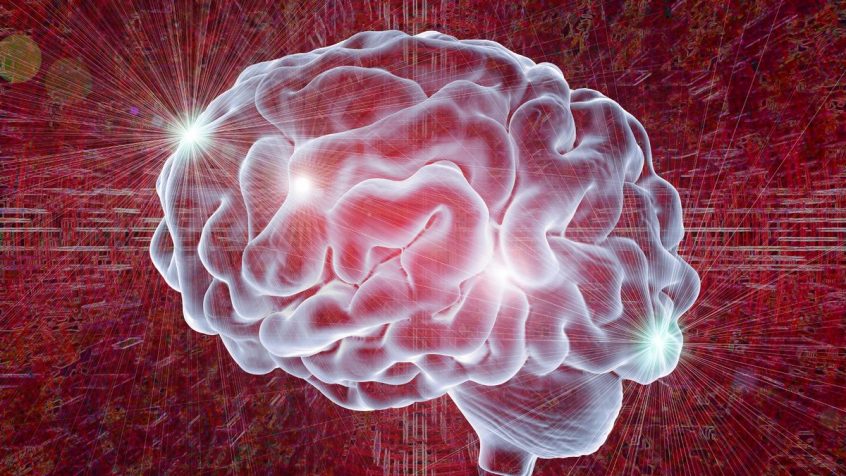There was once a fad for playing Mozart to babies in the belief the tempo of his music was the natural tempo of our brain’s activity and helped babies to learn.
I never quite believed it but now there’s a study claiming the same thing for adult learning.
Scientists have shown for the first time that briefly tuning in to a person’s individual brainwave cycle before they perform a learning task dramatically boosts the speed at which their cognitive skills improve.
A brainwave cycle consists of a peak and trough.
The Cambridge University team says matching the speed information delivered to the natural tempo of our brains increases our capacity to absorb and use new information.
It could even help the brain to “stay young” and promote lifelong learning.
Cambridge’s Professor Zoe Kourtzi, senior author of the study, says: “By harnessing brainwave rhythms it may be possible to enhance flexible learning across the lifespan, from infancy to older adulthood”.
She feels if the brain is in tune with itself it’s in the best state to flourish.
Participants got a 1.5-second dose of personalised pulse to set their brain working at its natural rhythm – a technique called “entrainment” – before being presented with a tricky quick-fire cognitive task: trying to identify specific shapes within visual clutter.
The learning rate for those locked into the right rhythm was at least three times faster than for all the other groups. When participants returned the next day to complete another round of tasks, those who learned faster under entrainment had maintained their higher performance level.
Co-author Professor Victoria Leong, from Cambridge’s Department of Paediatrics, says: “Our hypothesis is that by matching information delivery to the optimal phase of a brainwave, we maximise information capture because this is when our neurons are at the height of excitability.”
Previous work from Professor Leong’s Baby-LINC lab shows that brainwaves of mothers and babies will synchronise when they communicate.
She believes the mechanism in this latest study is so effective because it mirrors the way we learn as infants.
“When adults speak to young children they adopt child-directed speech, a slow and exaggerated form of speaking,” she says.
“The study suggests this may be a spontaneous way of rate-matching and entraining the slower brainwaves of children to support learning.”
Professor Kourtzi adds “there are now simple headband systems that allow you to gauge brain frequencies quite easily” that could help “learning for children who struggle in regular classrooms”.
It could also work for training in professionals for who fast learning and quick decision-making is vital, such as pilots and surgeons.

